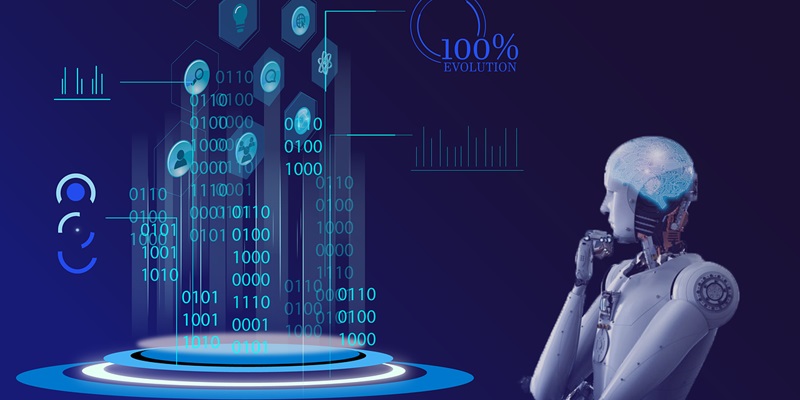The landscape of artificial intelligence is poised for a significant transformation with the introduction of Recogni’s Pareto computing system. This innovative solution is designed to tackle one of the most pressing issues in the AI domain: the immense power consumption and computational resources required to run advanced models like OpenAI’s GPT-4 and Google’s Gemini. The Pareto system promises to make AI computations more energy-efficient and cost-effective, potentially setting a new benchmark for AI hardware design.
Tackling AI’s Power and Resource Demands
Innovative Approach to Computational Efficiency
In the world of AI, running complex models demands substantial computational power and energy. Advanced AI models like OpenAI’s GPT-4 and Google’s Gemini involve thousands of intricate mathematical operations, rendering them both power-hungry and expensive to operate. Until now, the industry has struggled with these inefficiencies, leading to high operational costs and significant environmental impact. Recogni’s Pareto system introduces a groundbreaking logarithmic approach, converting multiplication tasks—which are computationally heavy—into simpler addition tasks. This fundamental shift not only reduces power consumption but also maintains computational precision, offering a promising solution to a longstanding problem.
The potential impact of this approach can’t be overstated. By optimizing the way computations are handled, the Pareto system can make AI chips smaller, faster, and less costly to produce. This translates to more accessible AI technologies for a broader range of applications, from research institutions to tech startups. Moreover, the enhanced efficiency can significantly lower the operational expenses for data centers, which are often impeded by sky-high energy costs. By focusing on the core issues of power consumption and computational efficiency, Recogni’s Pareto solution addresses critical pain points in the AI industry.
Environmental Benefits and Industry Support
Another compelling aspect of the Pareto system is its potential to deliver substantial environmental benefits. AI technologies have been criticized for their heavy energy usage, which contributes to a larger carbon footprint. By minimizing the energy consumption required for running large AI models, the Pareto system plays a vital role in creating a more sustainable future for artificial intelligence. Successful tests on popular AI models from renowned organizations such as Meta Platforms and Stability AI validate its efficacy, bolstering confidence in its broad application potential.
Industry giants like BMW, Bosch, and Mayfield have recognized the promise of the Pareto system, providing significant backing and support. Their involvement underlines the system’s potential to redefine AI hardware landscapes, making groundbreaking technology more environmentally friendly and efficient. This collaboration highlights an overarching trend of synergy between tech startups and established companies, driving innovations that not only meet the growing demands of AI but also prioritize sustainability. Such partnerships could accelerate the adoption of energy-efficient solutions like Pareto, making them commonplace in data centers and other tech infrastructure.
Market Readiness and Future Implications
Successful Testing and Market Introduction
Recogni’s Pareto system isn’t just a theoretical improvement—it has undergone rigorous tests that confirm its practicality and market readiness. The successful trials on AI models from leading organizations like Meta Platforms and Stability AI serve as strong testimony to its potential impact. The testing phase has demonstrated that the system can sustain high levels of computational performance while significantly reducing power consumption. These promising results suggest that the industry could soon see a shift towards more efficient hardware solutions, especially as the demand for advanced AI capabilities continues to grow.
The Pareto system’s compatibility with existing AI models ensures that its adoption could be smooth and widespread. This is crucial, as it allows businesses to enhance their current operations without the need for extensive overhauls. Recogni’s approach to simplifying complex computations while maintaining precision aligns perfectly with the needs of modern AI-driven enterprises. By eliminating unnecessary complexities, Pareto enables companies to save on costs and energy, offering a clear path to more sustainable AI practices.
Broader Deployment and Industry Impact
The landscape of artificial intelligence is set for a major transformation with the introduction of Recogni’s Pareto computing system. This pioneering technology addresses one of the most critical challenges in the AI field: the enormous power consumption and computational resources required to operate advanced models such as OpenAI’s GPT-4 and Google’s Gemini. AI advancements demand substantial energy and complex hardware, often limiting their applicability and leading to higher operational costs. The Pareto system promises to revolutionize this by making AI computations significantly more energy-efficient and cost-effective.
This breakthrough solution aims to set a new industry standard for AI hardware design, providing a more sustainable path forward for future developments. By optimizing energy use without compromising performance, the Pareto system could pave the way for broader, more sustainable AI applications. It not only boosts computational efficiency but also aligns with growing concerns about energy consumption and environmental impact, potentially leading to a new era where cutting-edge AI is more accessible and responsible in its energy use. This shift doesn’t just promise technical advancements; it envisions a future where AI serves society in a more sustainable manner.

